I want to recognize numbers in the following image

I am currently using Tess4J library in eclipse java project but it only recognizes the characters in a plane color background. For this image it could not even identify that there are characters(numbers) on this image. Help me find a way to accomplish this task.
Here is my current code:
import net.sourceforge.tess4j.*;
import java.io.File;
public class Main {
public static void main(String[] args) {
File imageFile = new File("image.png");
Tesseract instance = Tesseract.getInstance();
try {
String result = instance.doOCR(imageFile);
System.out.println(result);
} catch (TesseractException e) {
System.err.println(e.getMessage());
}
}
}
and if there is way to count the squares separated by yellow lines.
Thank you



